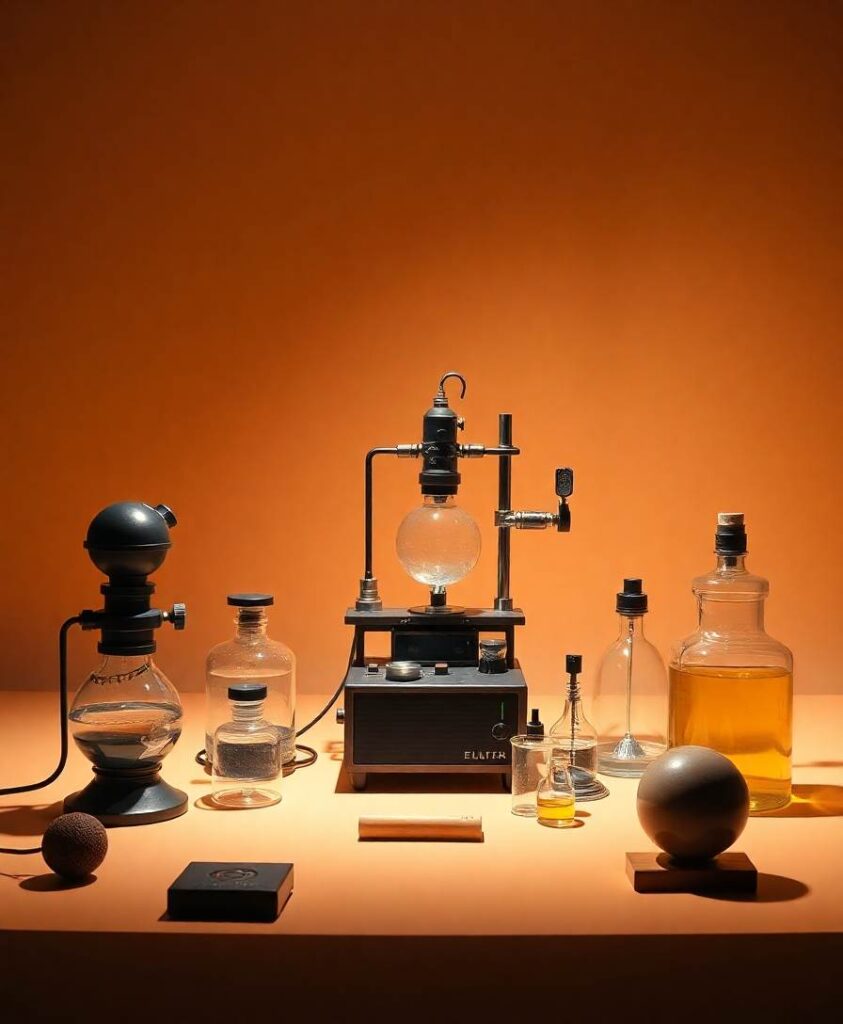ObjectiveThis network meta-analysis aimed to compare and rank the efficacy of animal-assisted therapy (AAT) and pet-robotic therapy (PRT) in the management of dementia.MethodsRelevant studies were identified by searching PubMed, EMBASE, the Cochrane Library, SCOPUS, and Web of Science (WoS) until October 13, 2022. Traditional meta-analysis was first conducted based on the random-effects model, then random network meta-analysis was conducted to determine the relative efficacy and rank probability of AAT and PRT.ResultsNineteen randomized controlled trials (RCTs) were included in this network meta-analysis. Network meta-analysis revealed that PRT marginally benefited agitation alleviation compared with control (standard mean difference [SMD]: −0.37, 95% confidence interval [95%CI]: −0.72 to −0.01) although both AAT and PRT did not improve cognitive function, reduce depression, and improve Quality of Life (QoL). The SUCRA probabilities indicated that PRT ranked better than AAT in agitation, cognitive function, and QoL, although there were no differences between the two therapies.ConclusionThe present network meta-analysis reveals that PRT may help alleviate agitated behaviors in people with dementia. However, future studies are warranted to establish evidence of the effectiveness of PRT and further evaluate the differences between different robot types in managing dementia.


